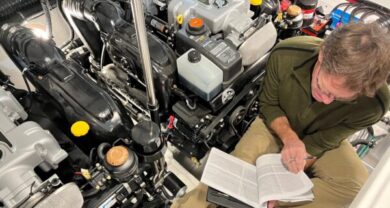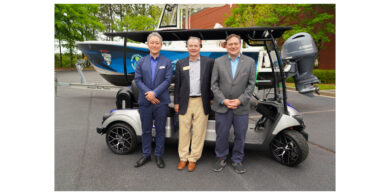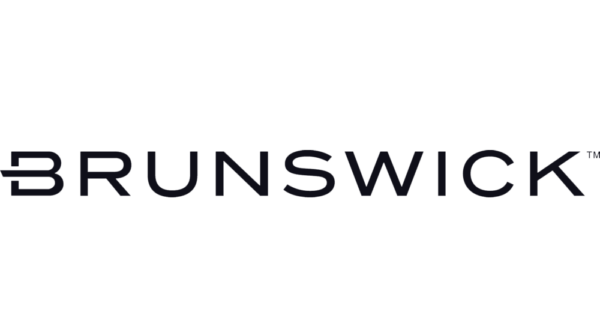Take a team approach
By Taylor Richards, owner, Taylor’s Boats
At Taylor’s Boats (Ranked 11 in 2006), we have monthly goals of hours we need to bill based on the number of technicians we have, working days available and the efficiency we expect from our technicians. It is broken down to weekly and daily goals by department and then by technician.
Each day our technicians know how efficient they need to be and how many hours they need to bill. We keep track of their hours on time tickets and they clock in on every work order and every individual job on the work order. At the end of the day the time tickets are turned in, their hours and efficiency totaled up, and then we post the hours and efficiency for each technician on a white board in our service department by 10 a.m. the next day.
Years ago when I was trying to figure out how to run a boat dealership, I attended the Spader training for service. Greg Snyder taught us the importance of measuring efficiency and how to do it. It made sense to me so I returned to my dealership and began measuring our efficiency.
I can’t say that when we announced we were going to start measuring efficiency everyone was excited about it. In fact almost everybody was very resistant to the idea. When first implementing the process, we were very careful not to make a big deal about it. We just started doing it. We didn’t post it daily, we didn’t punish for low efficiency, we didn’t reward for high efficiency; we just started doing it. As time went on, our technicians became naturally curious as to how efficient they were. That’s when we began to share the information with them regularly.
After several months of tracking the efficiency, we implemented an incentive for total department efficiency, not individual, as recommended in the Spader program. At that time we started posting each technician’s efficiency and total department efficiency in the shop every day. The incentive totaled about $25 to $50 for every 10 percent increase in efficiency for each technician each month. It was amazing to see the technicians motivate themselves to start achieving higher and higher levels of efficiency. They also started working together more as a team, encouraging and helping each other reach higher efficiencies.
When we first started tracking our efficiency, we were at the average level for most dealerships of around 60 percent. This last year we finished the year with an annual average of well over 100 percent.
One of the key motivators of this came along two years ago when we created an incentive program that rewards technicians for every 10 percent increase they achieve in their individual efficiencies. At different levels there are cash bonuses, tool allowances and small perks like a gift certificate for dinner and a movie. As they increase to higher levels, the incentives include vacations and use of a company demo boat. One of the highest levels includes making the payment on their tow vehicle. A value of $500. When we implemented this program, our shop efficiency jumped 20 percent in the first month.
The concern with measuring efficiency and trying to get technicians to work faster is that the quality of work will suffer. In our bonus program, technicians are not allowed to have more than two comebacks in a 30-day period or they miss the bonus for the month. We have found that not only has our efficiency increased, but so has our customer satisfaction, while decreasing our comebacks.
- To explore more Service Department Best Practices, click here.
- To return to the best practices home page, click here.
- To return to the Boating Industry home page, click here.




